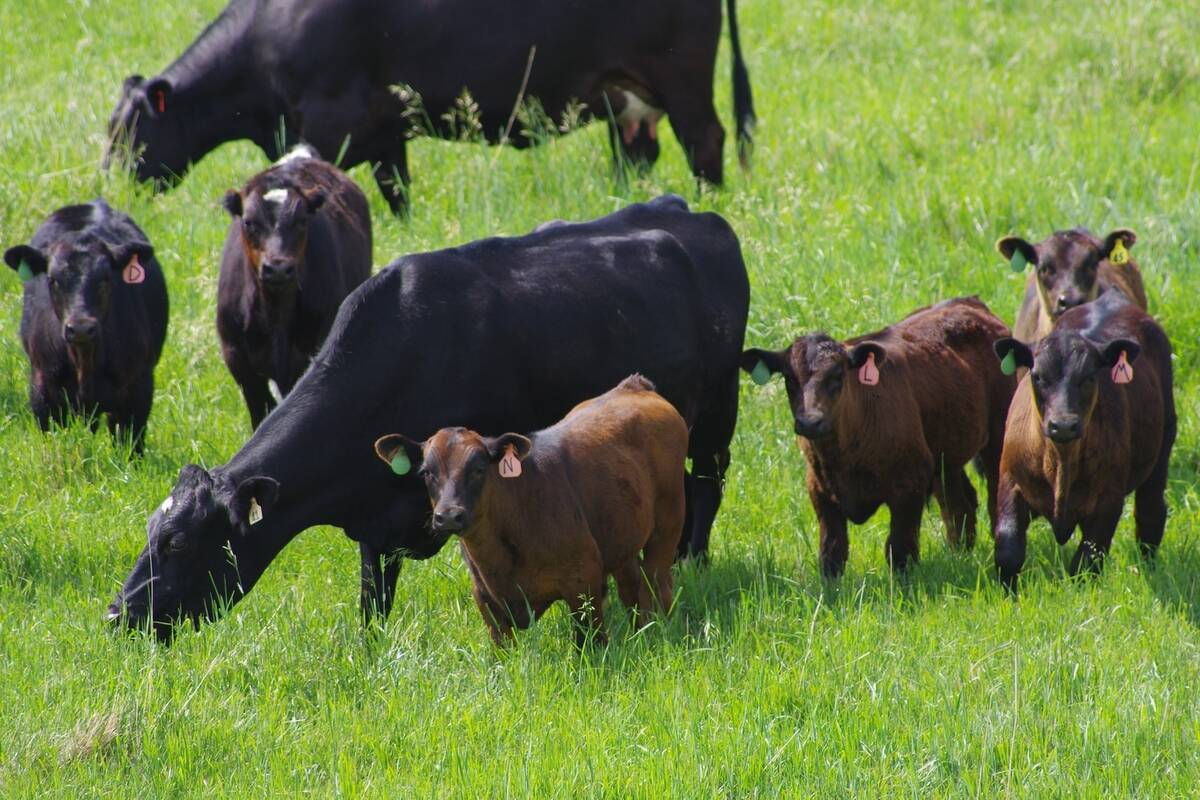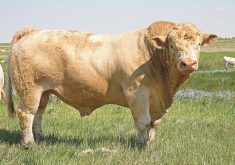“Plan Farm Safety” is the three-year theme of the Canadian Agricultural Safety campaign. Each aspect of the theme is being promoted with a year-long campaign. Last year the campaign highlighted “Plan” with safety walkabouts and planning for safety. This year, the focus is on “Farm” including implementation, documentation and training. And next year, emphasis will be on “Safety” including assessment, improvement and further development of safety systems.
Prevention and problem solving bring benefits not only of better knowledge, skills and attitudes, but also better quality, productivity and cost control without losses due to injury or illness. Here are six key questions to ask yourself as a general guide to this process.
Read Also

Grazing ‘sweet spot’ boosts pasture performance
Timing-focused approach to pasture management touted to boost forage growth, livestock gains while also cutting farmer labour and inputs
What could go wrong? Agriculture has many variables such as weather, equipment and human resources, among others. Try to anticipate possible problems.
What skills and abilities do your workers have? Find out. Offer upgrade opportunities. Keep a record. Offer incentives.
How have you prepared to minimize the variables? Set priorities of how serious it might be if it happens, and how probable it is that it might happen.
What are your contingency plans in the event of an incident? Write them down and let everyone you work with know where they are.
Are you prepared to learn from the close call? Note lessons learned and share them with the people who need to help improve safety on your farm.
Do you involve everyone in identifying and controlling safety risks? Hold regular safety meeting. Depending on the number of employees, set up a safety committee. Listen. Learn and act.














